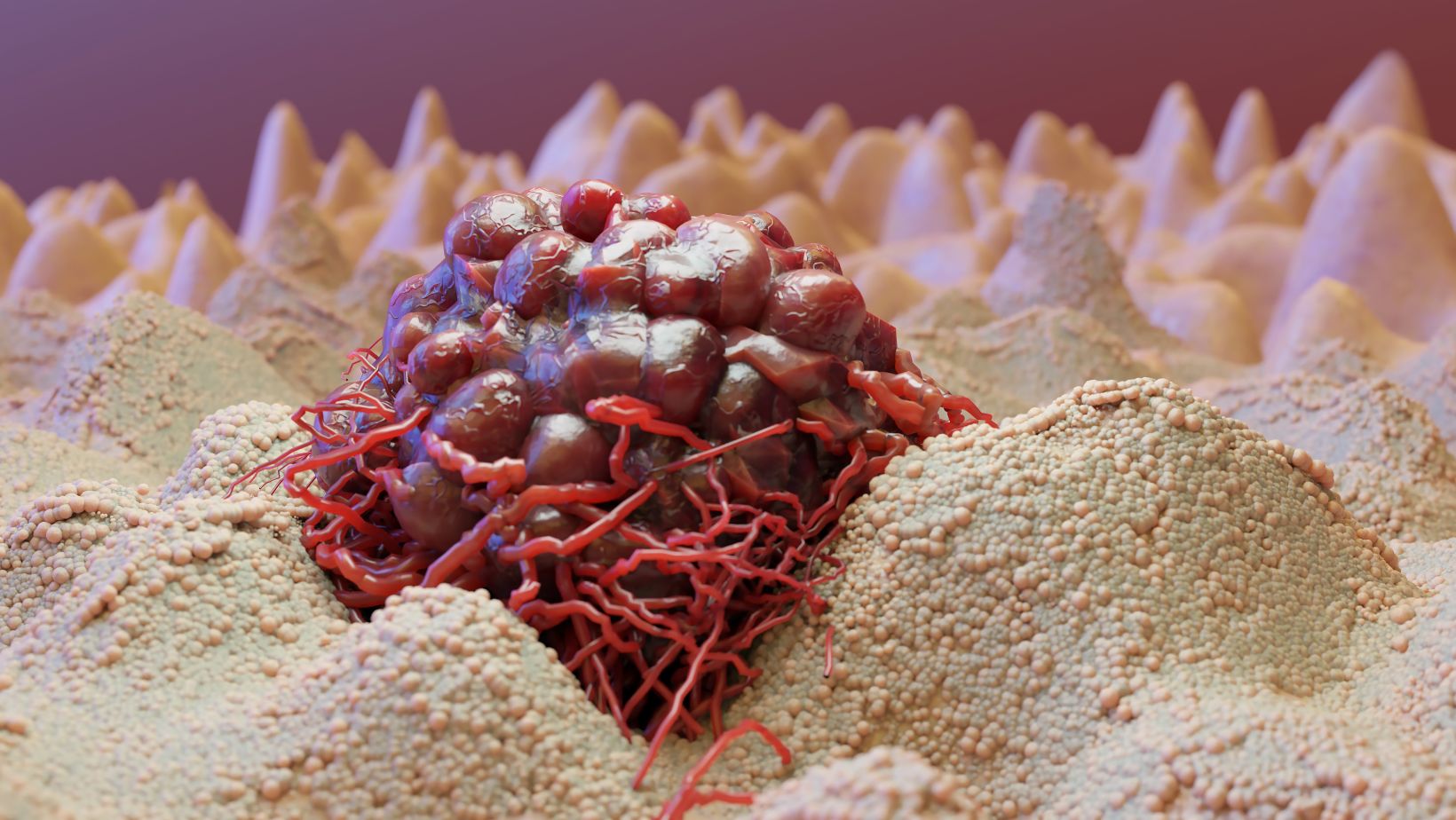
In the vast world of medical science, cancer remains one of the most complex and widely discussed topics. It’s a disease that’s as diverse as the human body itself, with over 200 types each bearing unique characteristics, causes, and treatments. This article aims to shed light on these differences, providing a clear understanding of the varied types of cancer.
Navigating the labyrinth of cancer types can be overwhelming. From the widely known variants like breast and lung cancer, to the lesser-known forms such as glioblastoma or mesothelioma, it’s crucial to understand their distinct nature. Armed with this knowledge, one can better comprehend the disease, its impact, and the strategies used to combat it.
Join us on this enlightening journey as we delve into the world of cancer, demystifying its types and complexities. This is not just for those directly affected by the disease, but for anyone seeking to broaden their understanding of this multifaceted medical challenge.
Understanding Different Types of Cancer
Diversifying knowledge on cancer varieties directly supports the larger battle against this multifaceted medical adversary. This discourse builds on the previous section’s context, striving to bring clarity to these convoluted topics.
What Is Cancer?
Cancer refers to the uncontrolled growth and proliferation of cells. These rogue cells can form a mass called a tumor, leading to serious health complications. Not all types share visible characteristics, making detection difficult in some instances. For instance, Male breast cancer, although far less common than its female counterpart, can present with similar symptoms such as a lump and changes in the skin’s texture.
How Does Cancer Develop?
Cancer develops when the body’s normal control mechanisms stop functioning properly. Old cells fail to die, forming a mass of tissue known as a tumor. Not every tumor indicates cancer, as benign tumors aren’t cancerous but malignant tumors are. If not treated timely, cancer cells from malignant tumors can break away and spread to other parts of the body, a process known as metastasis.
Major Types of Cancer
Diving deeper into the category of cancerous conditions, the endeavor spotlights four major types: Carcinomas, Sarcomas, Leukemias, and Lymphomas. Each category, while sharing the common trait of uncontrolled cell growth, presents its own distinctive traits and challenges.
Carcinomas
Carcinomas exemplify the most common form of cancer, arising from epithelial cells, which line the body’s skin and internal organs. This category includes a wide range of variations like Basal cell carcinoma and Squamous cell carcinoma. An often underemphasized example is male breast cancer, a rare but critical type.
Sarcomas
Sarcomas, originating in the connective tissues such as bone, muscle, and cartilage, represent a less frequent type of cancer. Two primary subtypes are osteosarcoma in bones and liposarcoma in fat tissues.
Leukemias
Leukemias are a distinct type, typified by abnormal growth of blood cells, typically in the bone marrow.
They’re segregated into four main types: Acute Lymphoblastic (ALL), Acute Myeloid (AML), Chronic Lymphocytic (CLL), and Chronic Myeloid (CML).
Lymphomas
The cancer of the lymphatic system, which includes the lymph nodes, thymus gland, and spleen, refers to as Lymphomas. This type finds its subcategorization into two main types: Hodgkin’s lymphoma and non-Hodgkin’s lymphoma. Both varieties involve different kinds of lymphocyte cells.
Diagnosis and Screening
Given the depth and diversity of cancer, physicians employ various strategies for cancer diagnosis and screening. Primarily, a clinical evaluation involving a physical examination published in high-authority journals like The Lancet is followed by diagnostic tests.
Diagnostic Imaging Techniques help visualize cancerous activity. Popular methods include Computed Tomography (CT) scans, Magnetic Resonance Imaging (MRI), Positron Emission Tomography (PET), and Ultrasound. CT scans, for instance, produce a detailed 3D image of the organs, ideal for spotting areas with abnormal cell growth.
Lab Tests function as pivotal tools for diagnosis. Blood tests can reveal abnormal blood cells—a hallmark of leukemia. Similarly, biopsy, the removal and analysis of tissue samples, helps identify various cancer types. The presence of abnormal cells in a biopsy indicates malignancy.
Genomic Testing aids in identifying specific genes, proteins, and other factors unique to the tumor. This precision medicine approach, leveraging genomic testing, has enhanced the treatment efficacies of certain cancer types.
For the screening aspect, regular checks become crucial to detect any signs of cancer early, allowing for timely intervention. Age and family history play major roles in determining the frequency of these screenings. Mammography and colonoscopy exemplify routine screening methods for breast and colon cancers, respectively.
Novel screening protocols have been developed for less common cancers. The intriguing case of male breast cancer demonstrates such an example. Although significantly rarer than its female counterpart, male breast cancer mandates specific screening guidelines due to its unique attributes.1
Conclusion
Cancer’s complexity can’t be overstated. With over 200 distinct types, each with its own causes, characteristics, and treatments, it’s a disease that demands a deep understanding. It’s not just about the common forms like breast and lung cancer, but also the rarer types such as glioblastoma and mesothelioma. The four primary types – Carcinomas, Sarcomas, Leukemias, and Lymphomas – each present unique challenges.
Diagnosis and screening are crucial in the fight against cancer. Tools like CT scans, MRI, PET, and Ultrasound, along with lab tests, biopsies, and genomic testing, help doctors detect and identify the disease. Regular screenings like mammography and colonoscopy are vital for early detection. As science advances, new screening protocols emerge, improving detection rates for less common cancers. It’s this combination of understanding, detection, and medical progress that’s helping to turn the tide against this formidable disease.













